Understanding the Pillars of Augmented Reality
Augmented Reality (AR) emerges as a fusion of artistic ingenuity and technological prowess, overlaying computer-generated stimuli onto the fabric of our reality to craft new vistas that marry the virtual with the physical. Broad applications demonstrate AR’s versatility: from gaming to education, from medicine to tourism, the blending of ingenuity creates immersive experiences that enrich perception and understanding.
Demystifying AR: A Three-Step Journey to Augmented Worlds
The essence of AR’s magic can be distilled into three critical phases:
- Capture and Process: Real-world data, harvested by a network of cameras and sensors, is transmitted to computers for intricate processing.
- Analyze and Synthesize: This data undergoes a transformation through sophisticated algorithms, reconstructing it into simulated information, such as text, images, or 3D models.
- Fusion and Display: Finally, a beautiful coalescence occurs as the virtual information integrates with our reality, giving birth to an enriching and novel visual tapestry.
The bedrock of AR rests upon several cutting-edge technologies: 3D modeling provides the canvases upon which our digital dreams are painted; real-time tracking and registration pinpoint and maintain the coordinates of these virtual objects in our moving world; intelligent interaction grants us the agency to engage through gestures and expressions; and advances in sensor technologies allow for a seamless and intuitive user experience.
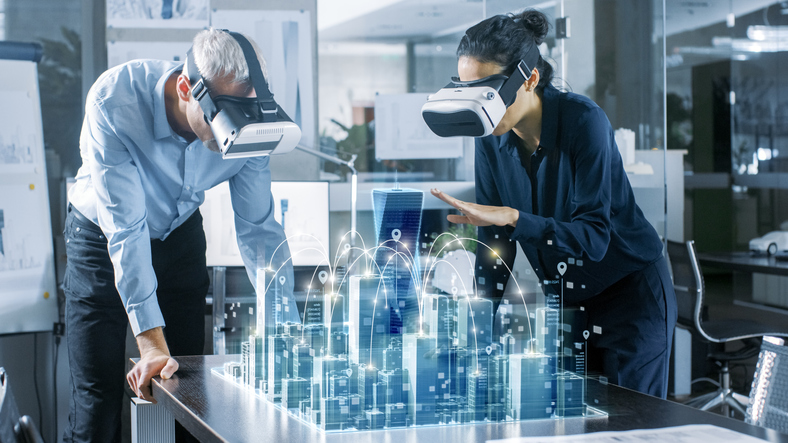
Building Bridges Between Worlds: The Machinery Behind AR
AR’s principles orchestrate a symphony of steps:
- Core Requirements: To perceive reality, AR leans on cameras, supplemented by sensors—gyroscopes, accelerometers—to detect orientation and motion.
- Scene Recognition: Cameras capture and computers dissect scenes, identifying elements for the AR experience to leverage.
- Virtual Interplay: Computers then integrate synthetic components into the real-world backdrop—layering 3D models onto tables or videos onto walls.
- Rendering Fusion: Coalescing reality and imagination, this visual blend undergoes a process of meticulous rendering.
- Interactive Experience: AR responds dynamically to a user’s movements, enriching applications like games and navigational aids with an immersive embrace.
Expansive AR Applications: From Playful to Practical
The reach of AR technology weaves through diverse domains:
- Gaming and Entertainment: Bringing fantastical elements into our world, AR transcends traditional gaming, enabling immersive experiences and interactive storytelling.
- Education: Enlivening classrooms with digital content merged into the physical space facilitates engaging, tangible learning.
- Healthcare: From simulated surgery to diagnostic overlays, AR provides medical professionals with unprecedented precision.
- Manufacturing: Industry meets innovative with AR guiding production and process efficiency.
- Cultural Tourism: Heritage sites acquire a new dimension as AR embellishes the visitor journey with historical re-enactments and interactive narratives.
- Safety Training: AR equips emergency responses with virtual drills, providing realistic yet controlled environments for learning.
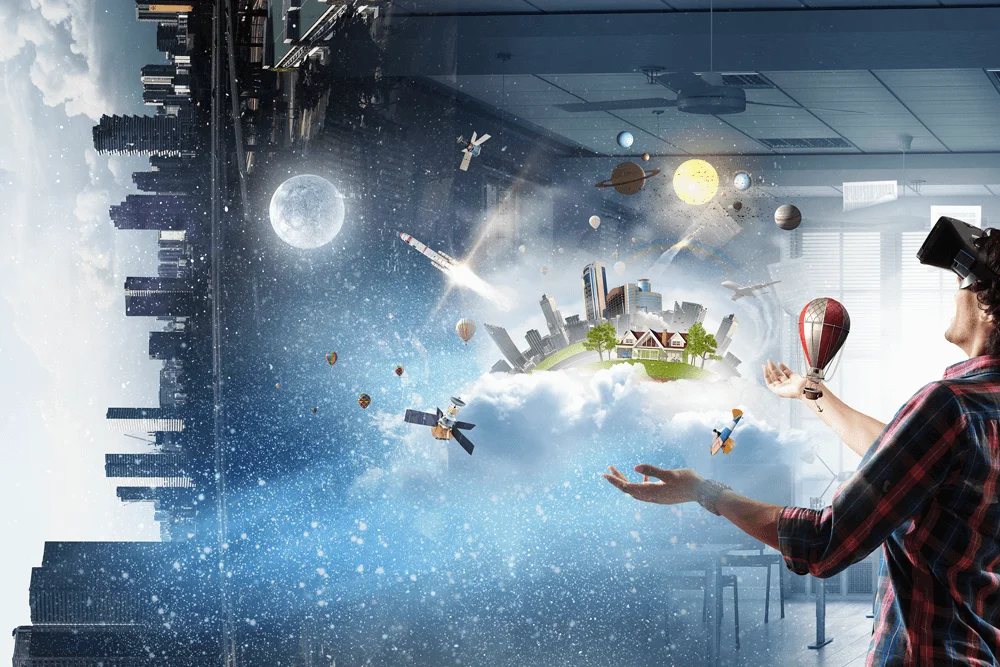
Top Picks in AR Hardware: Your Gateway to an Augmented World
As AR evolves, the hardware landscape burgeons. Highlights include:
- HoloLens 2: A flagship by Microsoft, blending high-resolution displays with mixed-reality cameras to craft immersive environments.
- Magic Leap One: Seamless integration of virtual elements into reality, complete with robust audio capabilities.
- Google Glass Enterprise Edition 2: A spectacle of AR’s practical application—streamlining tasks with virtual assistance and real-time information.
- NReal Light: A lightweight contender offering high-definition augmented imagery.
- Oculus Quest: A hybrid of VR/AR, providing positional tracking and blended experiences.
- Meta Quest 2: Crafted for a premium AR journey, with eye and gesture tracking for interactive exploration.
- Valve Index: Designed for the avid VR enthusiast, offering expansive view angles and precision tracking.
- Pico Neo3 Pro: Compact design meets state-of-the-art gesture recognition and immersive interaction.














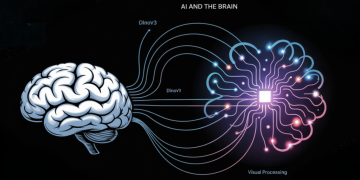
















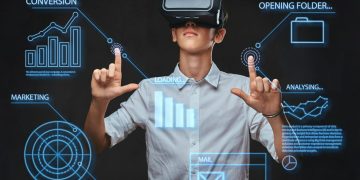


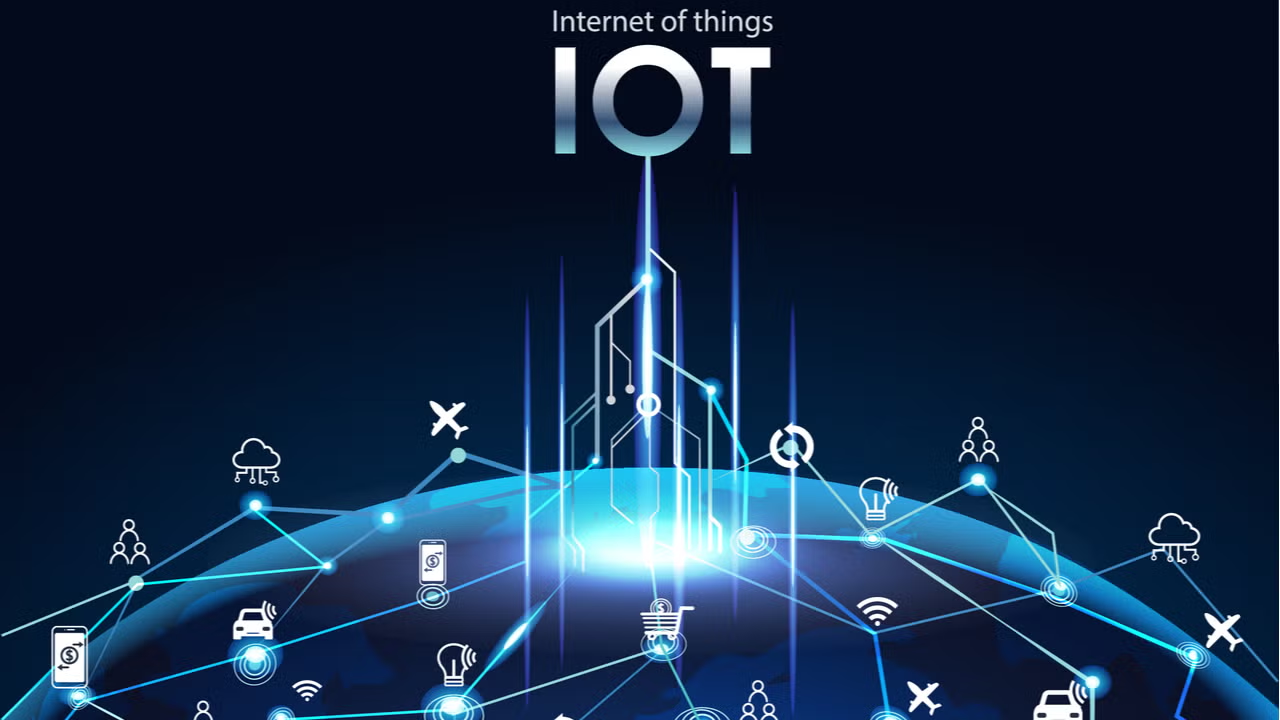

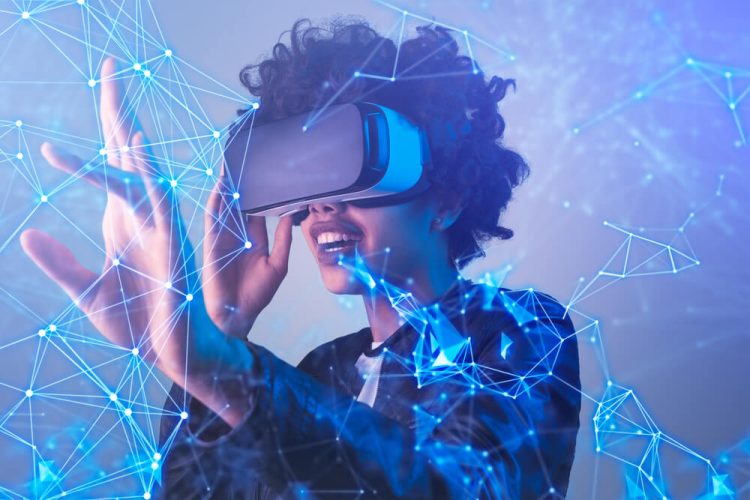











Discussion about this post